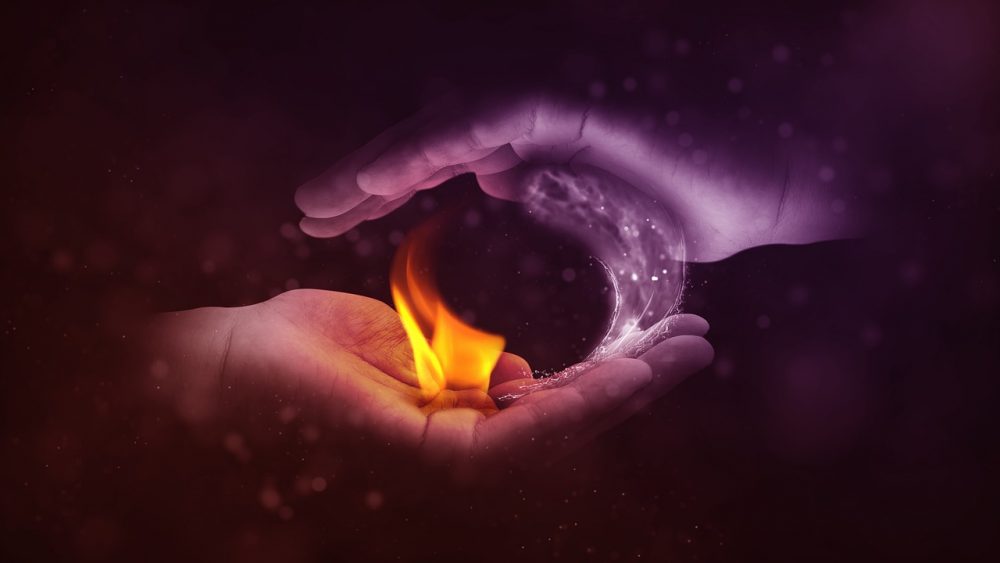The Marriage of Heaven And Hell Analysis
Contraries in the Marriage of Heaven And Hell by William Blake

The Significance of Contraries in the Blakean Universe.
“ I must create a system, or be enslaved by another man’s. I will not reason and compare: my business is to create.”
― William Blake, Jerusalem: The Emanation of the Giant Albion.
The scale and complexity of Blake’s mythic imagination is positively staggering. Unsurprisingly, it has been a rich source of enquiry for fields ranging from theosophy to psycho analysis, years after it was published. Central to the Blakean universe lies the doctrine of Contraries. It has been pointed out that this idea is immanent in works preceding The Marriage of Heaven And Hell like Jerusalem as well as works of a later date like Songs of Innocence and Experience.
The emphasis on Contraries does not exist in a void. It emerges in response to a particular religious viewpoint that sees opposites as negations. Naturally, its central claim is presented in in Plate 3 after the satirical jibe at Swedenborg :
” Without Contraries is no Progression “
The revolutionary dismissal of established theological truths as three fundamental errors of “all sacred codes” in Plate 4 reverberates with a desire to create a new order, quite like the 1789 challenge to the ancien regime. Reordering is an effect of the interplay between contraries that refines existing systems.
Fire, a symbol of destruction and purification demonstrates the working of Contraries when Jehovah’s manifestation in the burning bush links him with “he who dwells in the fire”. The identities of Jesus and Satan are welded when Jesus transformation to Jehovah (the fire dweller) after death is juxtaposed with the scene of Satan delighting in the fires of Hell in the subsequent Memorable Fancy.
The deft deployment of Contraries is seen in the Proverbs of Hell : ” Excess of sorrow laughs, excess of joy weeps.”
Similarily, proverb like, “the crow wish’d everything was black, the owl that everything was white”, reflect Blake’s later condemnation of Swedenborg’s having conversed with angels but not with the Devils. Negations, as M. Nurmi observes, are not Contraries in the Blakean universe.
If the principal of Contraries is a significant part of the Blakean Universe, Energy and Reason are perhaps the fundamental Contraries. Good and Evil are religious rechristenings of the same. The two classes of men The Prolific and The Devouring are the anthropomorphic manifestations of the contraries of Energy and Reason respectively and it is the relationship between the two that constantly rejuvenates the world.
Embodying the Contraries by breaking the prescribed rules (Reason) and acting ” from impulse” (Energy) is what makes Jesus truly virtuous. Likewise, only when the Good (reason abiding) Elijah embraces the Evil (Energy) of hellfire does he become capable of progression towards” continuous creativeness” in the Blakean sense (Nurmi).
It is through Imagination, a chief element of the primary contrary (Energy) that Blake attempts to achieve for all men what is the chief end of his work : infinite perception. Majdiak and Wilkie, emphasize the role of Urthona, the creative/ imaginative impulse as the redeemer in the Myth of Four Zoas, thereby upholding that element of chief Contraries which The Marriage is preoccupied with.
Contraries hold together the Blakean universe and animate it with momentum of progression, and has the capacity for regeneration and re-establishment of the relationship between being and Being, between the finite and the Infinite.



